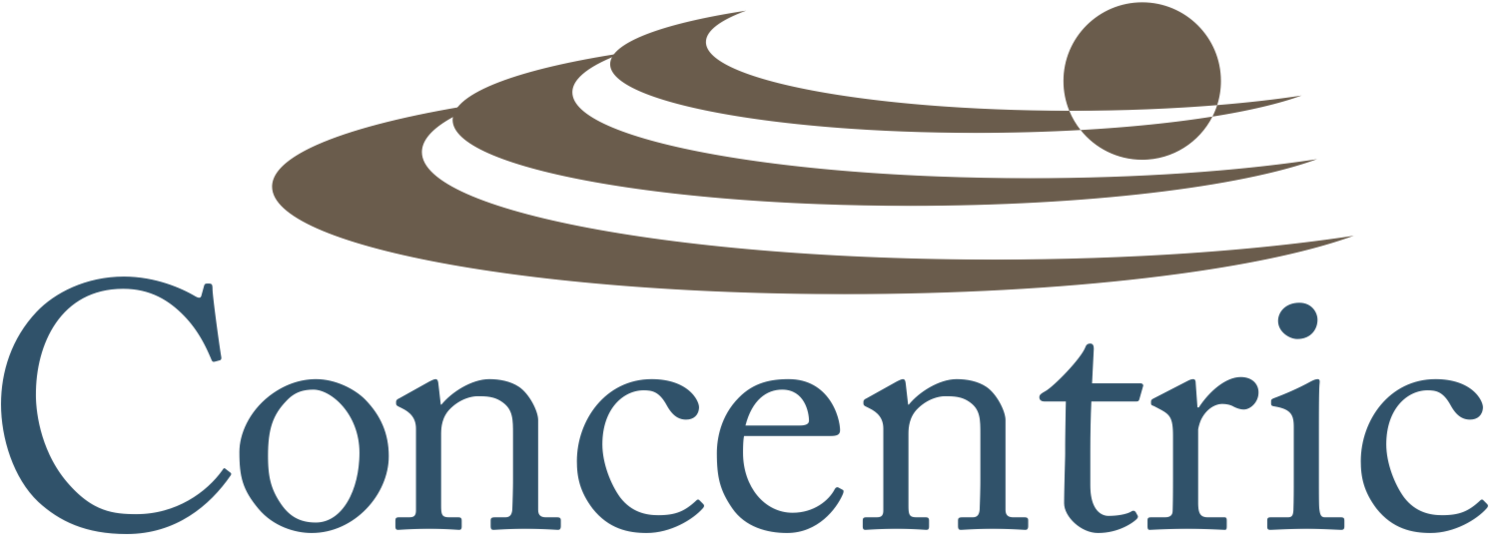Core Tools Requirements in IATF 16949
Where do AIAG core tools requirements from anyway?
The IATF 16949:2016 standard lays out the guidelines and requirements for quality management systems in the automotive industry. As part of this standard, the Automotive Industry Action Group (AIAG) developed a set of core tools that are essential for achieving quality and continuous improvement. These core tools are fundamental to the success of any organization aiming to meet the IATF 16949 requirements.
1. APQP (Advanced Product Quality Planning): APQP is a comprehensive framework that assists organizations in planning and developing new products or processes. It involves defining customer requirements, implementing effective risk assessment methods, and establishing robust control plans. APQP facilitates collaboration between cross-functional teams and ensures that potential risks are identified and addressed early in the product development or process implementation phase. Requirements can be found in IATF 16949:2016 clauses 4.4.1.2f, 8.3.2.1a, 8.5.1.1, 8.5.6.1.1, 9.1.1.1, 9.1.1.2, Annex A
UPDATE: At the time of this publication (11/14/23), the AIAG has published an announcement stating the APQP manual (3rd edition) and Control Plan manual (1st edition) are pending publication. Stay tuned or sign up for updates from AIAG directly here.
2. PPAP (Production Part Approval Process): PPAP is a rigorous process that validates and approves parts or materials prior to the start of production. It ensures that the supplier's production process consistently meets all customer requirements. PPAP requires the submission of various documentation, including dimensional measurements, material test results, and design records. These documents serve as evidence that the parts meet the required specifications and quality standards. Requirements can be found in IATF 16949:2016 clauses 7.5.3.2.1, 7.5.3.2.2, 8.3.4.4
3. FMEA (Failure Mode and Effects Analysis): FMEA is a proactive risk assessment technique employed during product or process development. It helps organizations identify potential failures, their causes, effects, and the actions required to mitigate or prevent them. FMEA enables organizations to prioritize improvement opportunities, thus enhancing product reliability and reducing risks associated with failures. Requirements can be found in IATF 16949:2016 clauses 4.4.1.2c/f, 8.3.2.1c, 8.3.5.1a, 8.3.5.2g, 8.5.1.1g, 9.1.1.1, 9.1.1.2
4. MSA (Measurement System Analysis): MSA is a statistical methodology aimed at ensuring the accuracy, precision, and validity of measurement systems used in production processes. By evaluating the measurement system's capability and stability, MSA helps organizations verify that the obtained data is reliable and suitable for making informed decisions regarding product quality. Requirements can be found in IATF 16949:2016 clause 7.1.5.1.1
5. SPC (Statistical Process Control): SPC involves monitoring and controlling a production process to ensure its stability and capability of meeting customer requirements. Through the use of selected statistical techniques, SPC enables organizations to detect and respond to process variations promptly. By keeping processes within the desired limits, organizations can consistently deliver products that meet customer expectations. Requirements can be found in IATF 16949:2016 clauses 9.1.1.1, 9.1.1.2, 9.1.1.3
Compliance with the AIAG core tools requirements outlined in IATF 16949:2016 is crucial for organizations in the automotive industry. However, we see the use of core tools in nearly every industry where processes are complex, risks are high and customer demand is expensive. Core tools facilitate effective quality management, continuous improvement, and risk mitigation throughout the product development and manufacturing process. By adhering to these requirements, organizations can enhance their overall quality performance and ensure customer satisfaction.
See something we missed? Add a comment below and let us know. Would you like a quote for training services? Click that button.


